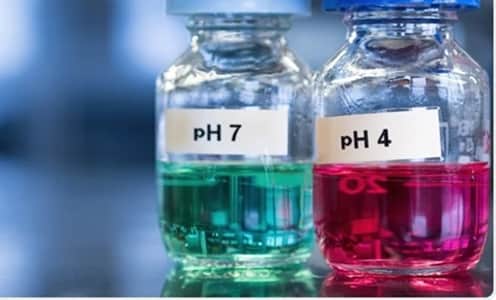In chemistry, understanding acidic hydrogen is fundamental for studying acids, bases, and chemical reactivity. Acidic hydrogen refers to a hydrogen atom in a molecule that can be easily donated as a proton (H⁺) in a chemical reaction. Identifying acidic hydrogen is crucial in organic chemistry, biochemistry, and analytical chemistry because it helps predict reaction behavior, acidity strength, and molecular stability. This article explains how to identify acidic hydrogen, its types, and practical methods used in laboratories.

1. Definition of Acidic Hydrogen
- An acidic hydrogen is a hydrogen atom attached to an atom that is electronegative or part of a polar bond.
- When this hydrogen ionizes, it forms a proton (H⁺), leaving behind a negatively charged species (anion or conjugate base).
- Acidic hydrogens are commonly found in carboxylic acids, phenols, alcohols, and certain organic compounds.
2. General Rules to Identify Acidic Hydrogen
a) Attached to Electronegative Atoms
- Hydrogens bonded to oxygen, nitrogen, or halogens often exhibit acidity because the electronegative atom stabilizes the negative charge after proton donation.
- Examples:
- Alcohols (–OH): H in –OH is slightly acidic.
- Carboxylic acids (–COOH): H in –COOH is strongly acidic.
- Phenols: H in –OH attached to an aromatic ring is acidic.
b) Alpha Hydrogens
- Hydrogens attached to a carbon atom adjacent to a carbonyl group (C=O) are acidic.
- The conjugate base (enolate ion) is stabilized through resonance, making deprotonation easier.
- Example: In acetone (CH₃–CO–CH₃), the hydrogens on the alpha carbon are acidic.
c) Hydrogens in Strongly Polarized Bonds
- Hydrogen bonded to atoms with high electronegativity difference in the bond shows acidity.
- Example: H in HF (hydrogen fluoride) or H in HCl (hydrogen chloride) is acidic in aqueous solution.
3. Methods to Test Acidic Hydrogen
a) Using pKa Values
- pKa measures the tendency of a compound to donate a proton.
- Lower pKa indicates stronger acidity.
- Example:
- Carboxylic acid (pKa ≈ 4–5) → strongly acidic hydrogen
- Alcohol (pKa ≈ 16–18) → weakly acidic hydrogen
b) Reaction with Bases
- Acidic hydrogens react with strong bases like NaOH or NaH:
- Example: CH₃COOH + NaOH → CH₃COONa + H₂O
- Here, the hydrogen from –COOH is donated to OH⁻, forming water.
- Observation: Formation of a salt or gas evolution can indicate acidic hydrogen presence.
c) Use of Indicators
- Acidic hydrogens can release protons in aqueous solution, changing the color of acid-base indicators:
- Litmus: Red in acidic solution, blue in basic solution
- Phenolphthalein: Colorless in acidic medium, pink in basic medium
d) Spectroscopic Methods
- NMR Spectroscopy: Acidic hydrogens appear downfield (higher δ values) due to deshielding.
- IR Spectroscopy: O–H or N–H stretching vibrations indicate potential acidic hydrogens.
4. Practical Tips for Identification
| Feature | Acidic Hydrogen Present | Non-Acidic Hydrogen |
| Bonded Atom | O, N, Cl, adjacent to C=O | C–H in alkanes |
| Reactivity with Base | Reacts easily | No reaction |
| pKa Value | Low (strong acid) | High (weak acid) |
| Spectroscopic Observation | Downfield in NMR, O–H stretch in IR | Typical C–H shift, no O–H stretch |
- Rule of Thumb: Hydrogens attached to electronegative atoms or activated carbons are generally acidic.
Final Thoughts
Identifying acidic hydrogen is essential for understanding chemical reactivity, reaction mechanisms, and molecular interactions. By examining bond type, electronegativity, alpha positions, and resonance stabilization, chemists can predict which hydrogens in a molecule are acidic. Laboratory tests, including pKa determination, base reactions, indicators, and spectroscopic methods, provide practical confirmation. Mastery of these concepts is crucial for students, chemists, and researchers working with organic, inorganic, and biochemical compounds.